-
Posts
1,936 -
Joined
-
Last visited
-
Days Won
5
Content Type
Forums
Detector Prospector Home
Detector Database
Downloads
Posts posted by geof_junk
-
-
Do you think a CHINESE detector would match the 7000 on it.
-
- Popular Post
- Popular Post
😄
This is the crankshaft for a Wärtsilä-Sulzer RTA96-C engine, the largest reciprocating engine in the world, used in large container ships. It's a 1810-liter engine that generates 108,920 horsepower at 102 RPM, and it idles at 22 RPM... almost 3 seconds per rotation. This crankshaft weighs 300 tons (660,000 pounds) and each piston weighs 12,000 pounds and has a stroke length is 8.2 feet.
-
 12
12
-
 1
1
-
.............. Source link .............
DATE GOOD FINE EXTREMELY FINE UNCIRCULATED 1864 2-Cent (Small Motto) $225 $400 $850 $1,000 1864 2-Cent (Large Motto) $15 $25 $50 $80 1865 2-Cent $15 $25 $50 $80 1866 2-Cent $19 $27 $50 $80 1867 2-Cent $20 $30 $50 $80 1868 2-Cent $20 $36 $75 $110 1869 2-Cent $25 $40 $80 $125 1870 2-Cent $35 $55 $135 $200 1871 2-Cent $40 $85 $150 $225 1872 2-Cent $400 $600 $1,050 $1,650 Two Cents (1864-1873)

The Two Cent coin was produced by the United States Mint from 1864 to 1873. While the coin was used primarily for circulation purposes, mint year 1873 was produced with collectors in mind.
The most common date found for the Two Cent piece is 1864. This was the coin’s first year of mintage and the U.S. Mint produced over 20 million of these coins. There were two distinct varieties produced, however, the large motto and the small motto.
The small motto is the less common of the two types, and one of these coins can potentially fetch $200 or more depending on its condition. An 1864 small motto Two Cent coin in extremely fine condition can fetch nearly $600 or more.
-
 1
1
-
-
-
 1
1
-
-
I do like it when I see grey soil like that, even here in Victoria.
-
 1
1
-
-
As above and add molten lead that has been dropped on course sand and cut them in different sizes to simulate reef gold. Just remember lead that has been in the ground a long long time gets an oxide on it,
-
 1
1
-
-
17 minutes ago, mn90403 said:
Paul,
I'm in your neck of the woods tonight in Winnemucca! Last night I was in Placeratas. The night before that Rye Patch.
You need to do some fishing while you are there. If you don't get a chance to do that the seafood restaurants are some of the best in the world. They are much better than LA on average.
Mitchel
If you can't fish over there try these in OZ ....Yamba, NSW; Esperance, WA; Port Douglas, Qld; Broome, WA; Port Fairy, Vic; Beechworth, Vic; Byron Bay, dNSW; Apollo Bay, Vic; Strahan, Tas, and Margaret River, WA.
-
 1
1
-
-
16 hours ago, NV AU Hunter said:
Haha, yes sooner then later is good. I think we did meet, you pulled up on the ATV. I'm 6'6", stick out like a sore thumb in the dessert
One of the rules is keep a VERY LOW profile when on gold.......It looks like you will find that hard to do.😁
Rule 7....When you have found more than an ounce in less than a gram bits or 100 fly Sh!t bits. Goto to rule 8.
-
 1
1
-
-
53 minutes ago, Lacky said:
3 and 4 are the hard ones. I tend to go places that have been pretty much ignored for the last hundred years or so. Usually all I have to go on is free gold was mined there then and maybe a rough total quantity. It is very hard to find more info than that on minor production areas from ago.
That Rule 8---- Keep that secret till he get to Rule 7 and hope we get there before he learns too much. 😀
-
 1
1
-
-
Rule 1---- Remember you are learning.
Rule 2---- Start where you know Gold has been found.
Rule 3---- Know what size most of the gold was found there, then hunt for a bit small gold.
Rule 4---- Know what depth most of the gold was found there, then hunt at an appropriate swing speed.
Rule 5---- Have many target Buried in a 10 foot square of the size in Rule 3, and include a dime and a Dollar coin. Now swing your detector first at a pace you think is correct then go down in speed in a few steps.
Rule 6---- Ask someone else for advice, Now you will be able to sort the Gold from the sh!t of the advice given.
-
 5
5
-
-
-
It been a few years now, are there any up dates. If not it does not take away the generosity provided by vanursePaul
-
 1
1
-
-
Has anyone used these detector for loaming slopes in virgin area near gold bearing areas.
-
-
A interesting article with some good videos.
http://golddetecting.forumotion.net/t26534-home-made-skid-plates-easy
-
 2
2
-
 2
2
-
-
9 hours ago, fredmason said:
melancholy, a little sad but too true-at least physically...
I would not relieve all those mistakes again!
fred
And if you are physically OK the Wife is not and when the Wife is OK and ready, You got a good chance that you are not. Growing old may give you wisdom but that not all you need.

-
 1
1
-
-
Hope this inspires you mate. They are small by Aussy standards.
 By the way the old guy in the first photo always said, "If it can't fit in the BEX bottle its a nugget." What is NZ standard these day or are all the bottle to big.
By the way the old guy in the first photo always said, "If it can't fit in the BEX bottle its a nugget." What is NZ standard these day or are all the bottle to big.
Edit. I forgot to mention that there more in the steel pans than the Plastic
-
 4
4
-
-
Forget the 50 barrier go for 62 gm
 barrier then you know you are well on the way. Speed is a problem when gridding. If you can detect a large lawn a lot faster than you can HAND MOW it you are going too fast for patch hunting. By the way most people don't reach the ounce 31 gm barrier.
barrier then you know you are well on the way. Speed is a problem when gridding. If you can detect a large lawn a lot faster than you can HAND MOW it you are going too fast for patch hunting. By the way most people don't reach the ounce 31 gm barrier. 
-
 3
3
-
-
It is not always the tool as you said. I once while looking for a patch specked 20 plus nuggets, and guess what there was two different shoe tracks going though the middle of the spot and no detector holes. May be luck or was it knowing what you are LOOKING for
 Any way they left me a an ounce plus in plain sight.
Any way they left me a an ounce plus in plain sight.
-
 2
2
-
-
Phrunt what a write up. You should be in advertising (you would get more gold than those micro NZ nuggets) I think you should have a patch lead for your X-Coil so you can use it on JW GPZ when he is away building. (You Wish )

-
 1
1
-
-
Good to see that you use Ozt instead of Grains other wise your scale wood read approx 16,414 grains and that would freak out our NZ friends.
 Nice to see a nice nugget.?
Nice to see a nice nugget.?
-
 1
1
-
-
-
Phrunt the second is very similar to the one I used. (I hope NZ standards are up to our Aussy ones
 ) The big trick is to use a fire brick or some sort of heat insulation that won't melt as the set up phoenix shows.
) The big trick is to use a fire brick or some sort of heat insulation that won't melt as the set up phoenix shows.
-
I used the cheap cans of gas that campers use and a blow torch attachment. It took a while in a fire brick that I had made a bowl indentation in it with an angle grinder. Providing I kept the weight below 4 ounces it worked OK. The photo below shows 16+ ounces I did once, not bars like you can do with the unit above
-
 3
3
-



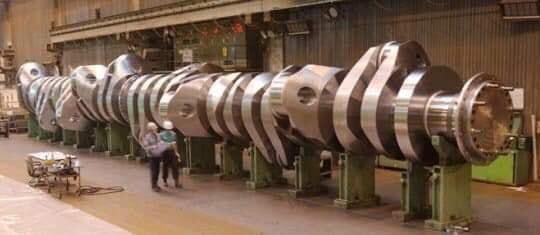
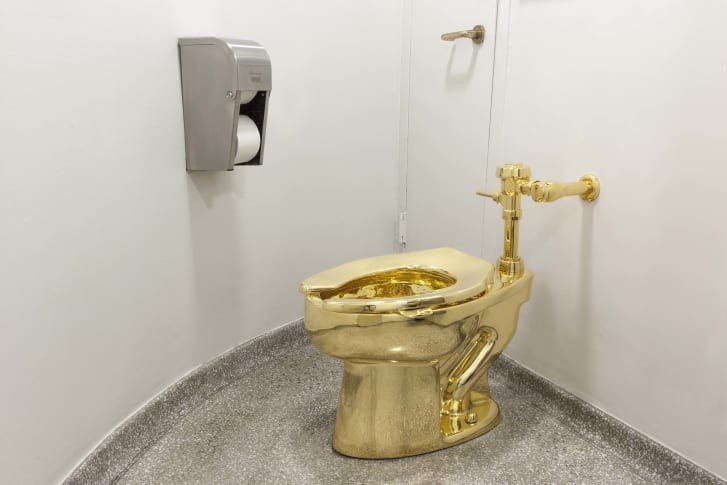
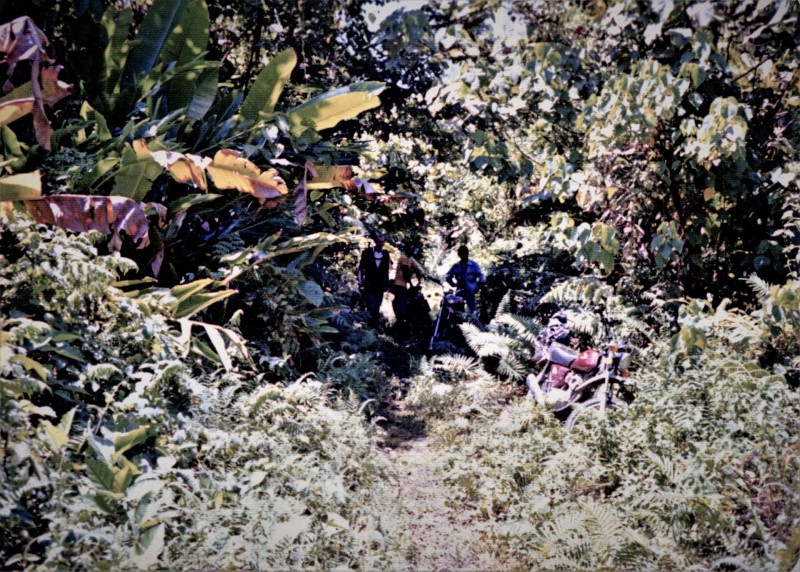


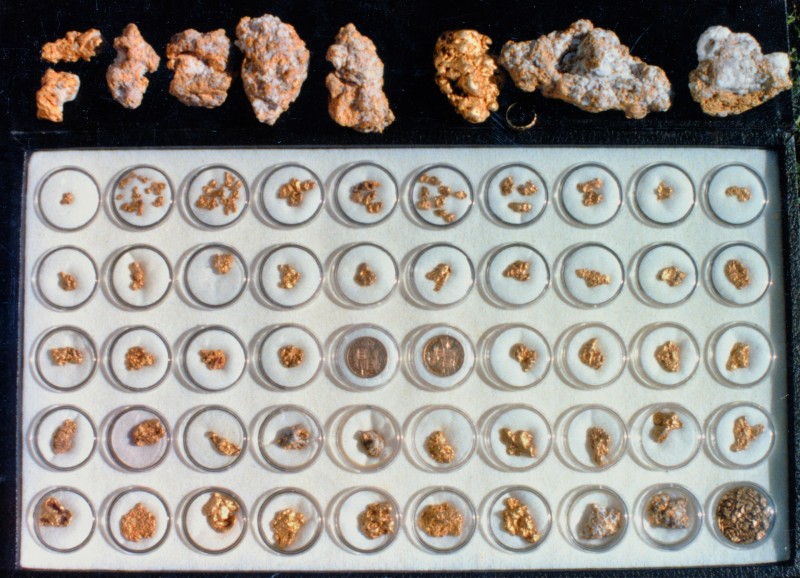
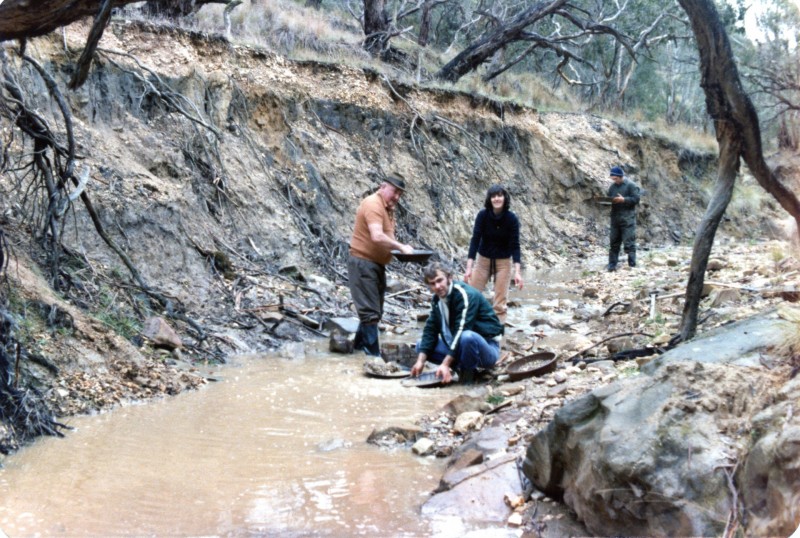
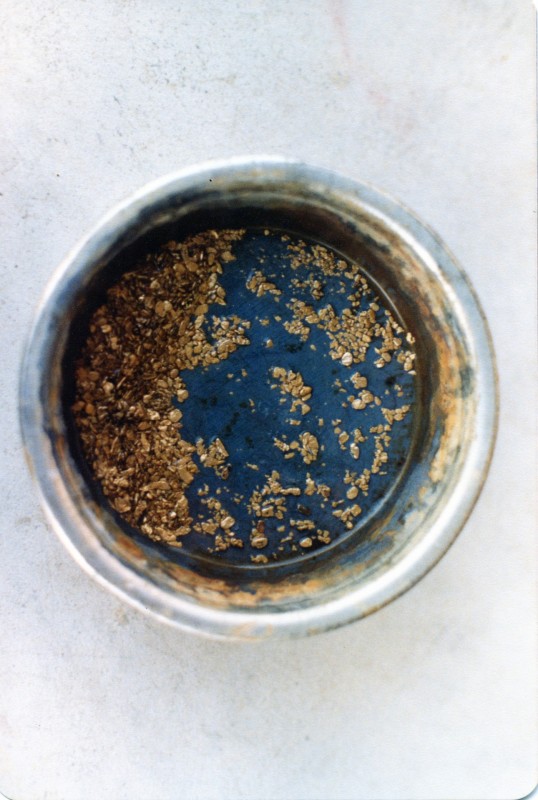
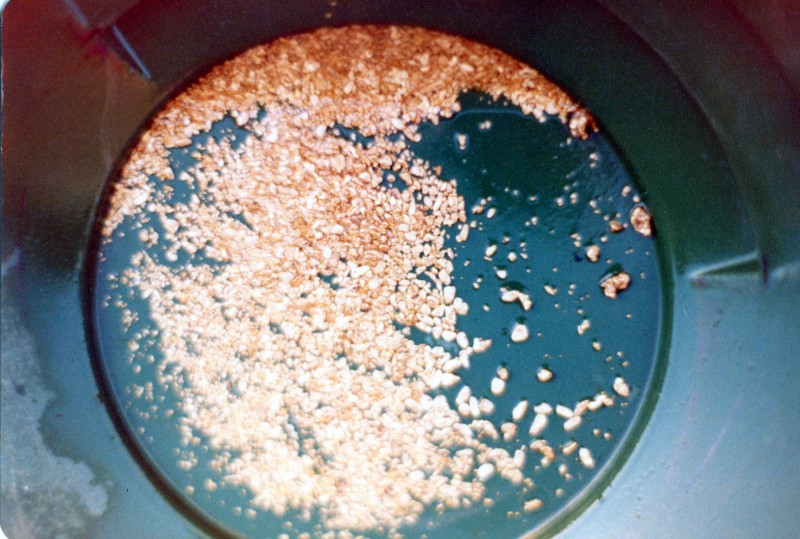
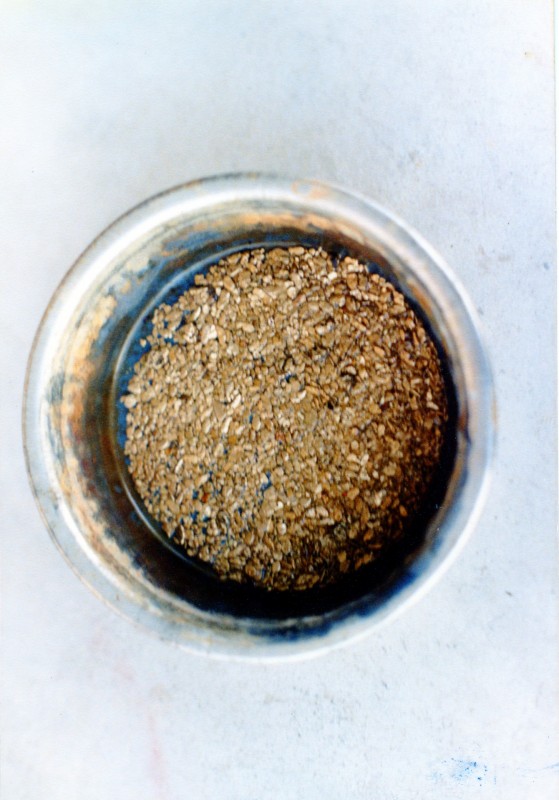
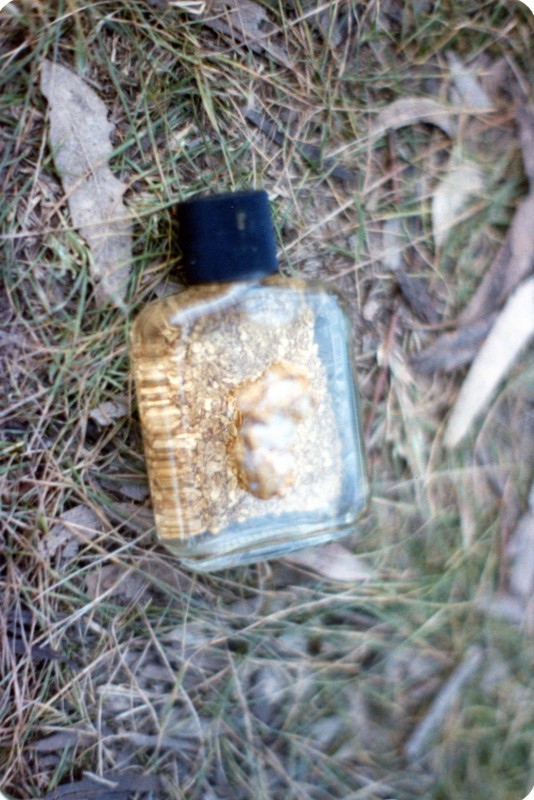
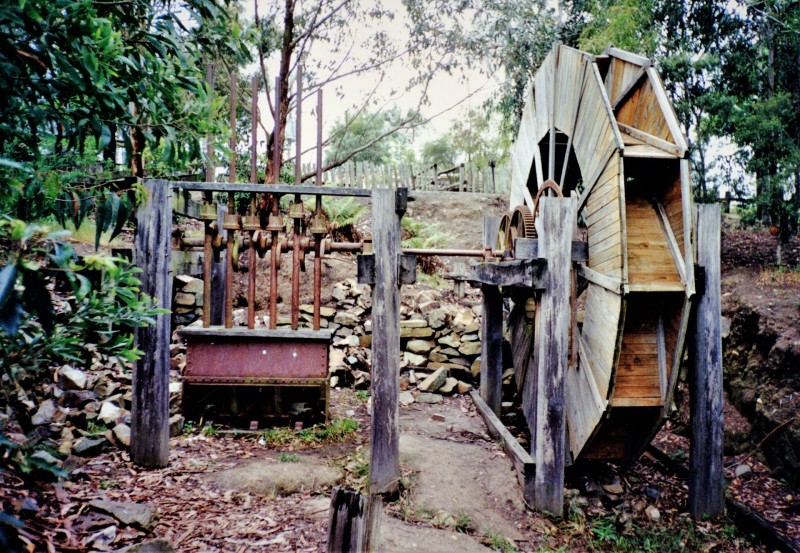
Pigs And Grubs
in Detector Prospector Forum
Posted
In Aust. it is the fortune hunters thinking with no experience that they are going to get rich quick, that leave a mess behind including those illegal prospector that have access to earth moving equipment. Most hobby and full time prospectors try to keep things as they were, even if it is to prevent claim jumpers knowing where they are.